In the days after the final post-season test in Abu Dhabi, Formula 1 cars and staff have returned to headquarters.
But the period they enter now is not one of rest as full focus is on next year's cars which will hit the track in less than three months.
The busiest term of the year has hit the teams, with Williams' Team Principal James Vowles outlining the extent of the work that will be undertaken in the coming months.
“I think even if I offered everyone here a month off, they wouldn't take an hour of it,” Vowles said.
“We are continuously working on next year's car, and the year after and the 2026 car. That work carries on in the background. What you see at the track is just the tip of the iceberg.
“The 60 people you see working on the car is nothing compared to the 800 people back at Grove that are putting hours, days and months into the programme.”
Viewed by others:
Vowles added: “This is the busiest period of the entire season. It's the build period where we're getting together concepts and designs, they've been through the wind tunnel and the design office and are now starting to work their way towards production.”
Don't forget that there is no mandatory factory shutdown for the winter period, as is the case during the summer shutdown.
Such a shutdown, however, may come into effect in the coming years amid the ever-expanding F1 calendar.
In the winter, teams are working toward a few important milestones. These include seat fittings for the drivers, passing the crash test with the new chassis and the firing up of the new engine.
The crash test in particular is an important moment. Should a team fail to pass it, the car will require major adjustments, which will result in a costly loss of time leading up to the launch of the new car and the test in Bahrain.
A shakedown is also a key part of the winter break ahead of pre-season testing as it marks the first time the car hits the track and the efforts of the hundreds of staff members are rewarded.
Don't miss out on any of the Formula 1 action thanks to this handy 2026 F1 calendar that can be easily loaded into your smartphone or PC.
Download the calenderMost read


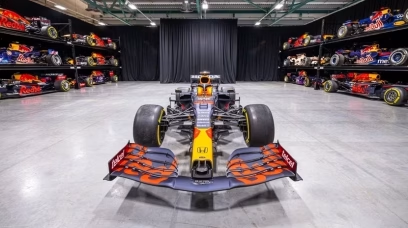
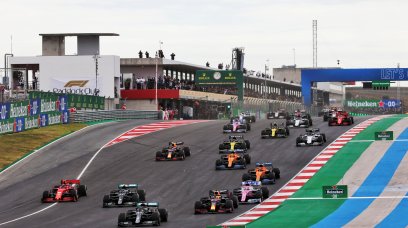



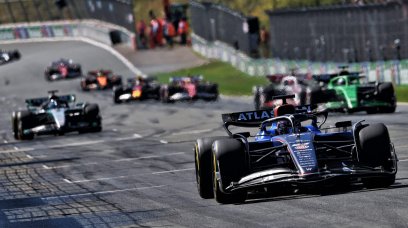
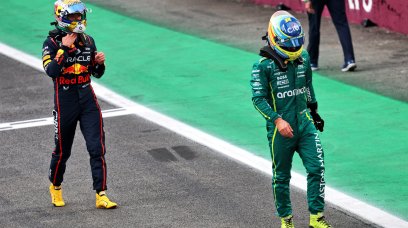
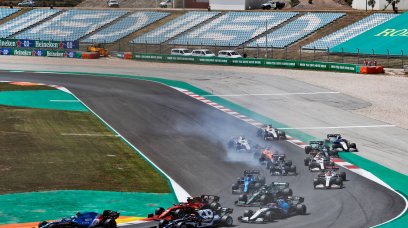

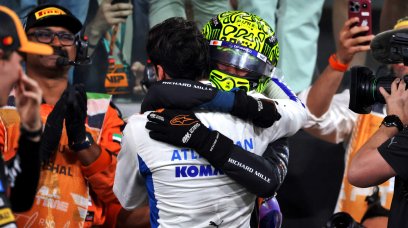
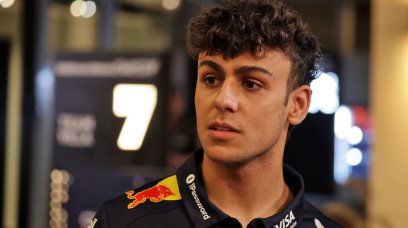
Join the conversation!